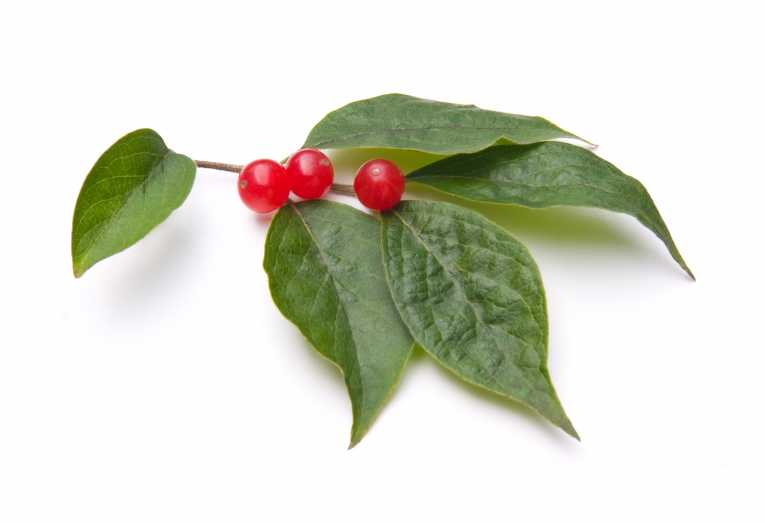Cities have shaped modern human civilisation but how have plants reacted to the urbanising tide of history?
Ecologists in Indianapolis have tried to answer that question by using dried 70-year-old plant specimens.
Dr Rebecca Dolan, director of the Friesner Herbarium at Butler University, has led the study, the results of which are published in the British Ecological Society's Journal of Ecology.
Dr Dolan and her team looked at a collection of 2,800 dried plants which had been collected around their city before 1940 and compared these with specimens found at 16 sites between 1996 and 2006.
While the number of species in the city has remained constant at around 700, the team found many changes in the make up of the city's flora. Many non-native plants have been introduced and flourished in the city in the past 70 years, while native plants have been declining at a rate of 2.4 species-a-year.
Dr Dolan said: ''This study shows that our flora is becoming less distinctive.''
Gone are the beautiful pink rose family member, Queen-of-the-prairie and the Virginia bunchflower, a lily with striking stalks of white flowers.
In their place are plants introduced by man often with unintended consequences as Dr Dolan explained.
''Japanese knotweed was brought to our area as an ornamental. It spreads readily by seed and by root sprouts, forming thickets that choke out native species,'' she said.
''Amur bush honeysuckle was once promoted by the USDA's Soil Conservation Service for erosion control and wildlife food, but we now know it does neither. Instead, it has spread and become a pest plant, covering the banks of many of the city's streams and woodland edges, and land managers spend a lot of money eradicating it.''
As there is no sign of a reversal of the trend for a greater proportion of the population to live in cities urban wildlife is growing in importance says Dolan, warning: ''A clear message for the future is to be careful when planting non-native material, especially in great numbers, due to the likelihood of introduced non-native plants becoming pests.''










